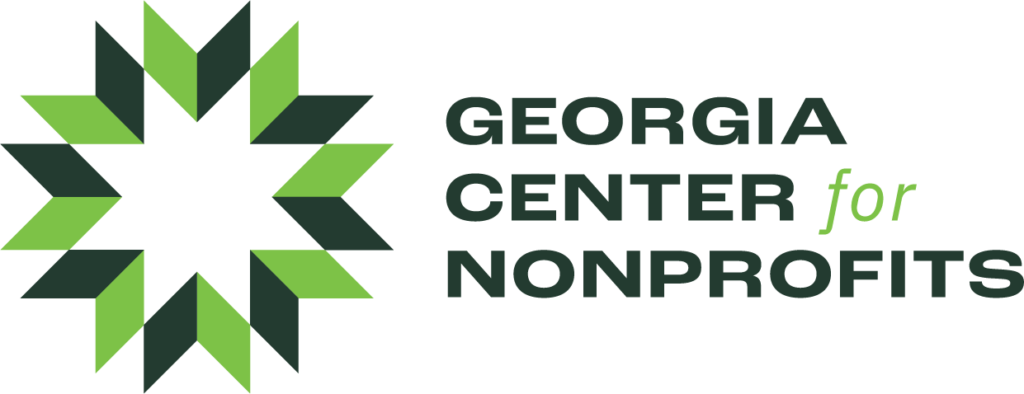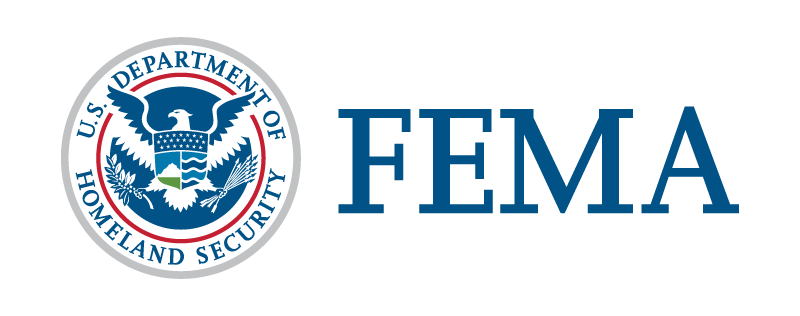The GAgives on GivingTuesday team, along with a pair of fundraising and giving platform professionals, recently hosted an Ask Me Anything conversation with Georgia Center for Nonprofits (GCN) Nonprofit Members from across the state. What follows are some of the answers to our audience’s most pressing questions.
The experts on-hand:
- Luiza Raposo, GCN Senior Director of Marketing
- Taylor Link, GCN Digital Media Specialist
- Fee Freeman, International Rescue Committee Communications & External Relations Manager and fundraising instructor for GCN’s Nonprofit University
- Sarah Wink, Mightycause Community Engagement Manager
What should we expect on the actual day, and how should we prepare?
Luiza Raposo: It’s a global day, so there’s a big stage for nonprofits. What’s important is to get on that stage and speak to your supporters. None of us have unlimited resources, so it’s not about doing everything everywhere. What is the sweet spot you can land on and grow outward from? What’s the low-hanging fruit? What does success look like, compared to last year?
Taylor Link: Hashtags tailored to your organization, to your campaign, are a really good way to build community online and get people energized to participate. When people see their friends and family participating, that engages them more than a post from the organization.
Fee Freeman: Develop a goal, a why, and an ask. Your financial goal for the day should be attainable, but also push you to strive for something. Your why explains what you are going to do with the funds you raise. Your ask must be concise and direct. No passive language! “Please give now. This is urgent. Here’s what we need, and here’s why we need it.”
First, send a save-the-date. The next week, ask for peer-to-peer fundraisers or for people to spread the word. The next week, share your impact, including numbers or stories. On GivingTuesday, send a couple emails reminding people to give.
Sarah Wink: Make sure people visiting your page understand you are campaigning this year. There are a ton of tools available to help: We recommend pre-scheduling whatever you can, from social media posts to matching gift alerts.
How do we cultivate matching grants and incorporate them into our plan?
Freeman: Consider asking loyal donors. For instance, we asked a donor who makes an annual $20,000 gift to donate that as a matching gift. You can present it as a challenge gift by letting people know that if we raise $20,000 we can get $20,000. You could also split that up, announcing a $10,000 match to start your campaign for early giving, then announce the other $10,000 on GivingTuesday to end your campaign.
It’s always good to ask the board and other volunteers to contribute to a match or challenge grant. It’s important to emphasize that no gift is too small – and to show people how their gift can make a difference.
Raposo: Check the GAgives Nonprofit Resource Toolkit (under “Fundraising Resources”) for help with adding matching grants to the platform. That section also includes a great webinar (“Double Your Donations”) with Michelle Schweber from Center for Puppetry Arts, talking about how she goes about getting matching grants, plus links to articles featuring more tips.
If your organization is registered, you’re eligible for competitive prizes that you can also focus on as a kind of challenge grant. For instance, you can try to win a Power Hour – happening almost every hour of GivingTuesday – to boost donations by $500. There’s even a new Super Power Hour starting at noon, statistically the biggest hour of giving, with prizes for the top five organizations. You can also use early-giving Golden Tickets to get supporters to start early.
And even if you don’t win, you’ve engaged donors with a motivating focus.
If you have a match set up and it doesn’t get met, what happens?
Wink: In terms of the platform, if time runs out before making the full match then the “completed” badge will not appear on your page. It’s just for display – you’ll still get the money raised.
Freeman: Most matching gift donors are going to give you the full amount either way. They’re in it to incentivise people, not to withhold money!
And if you don’t quite meet the match, you can simply hide the match – take it off your site – and add the full matching amount as an offline donation just as you normally would. No one will be watching your page closely enough to call you out on not fulfilling the full match.
What if you fall short of your overall goal? Make your last communication of the day a message saying, “We’re this amount short of our goal, but we’re still taking donations!” When you send your thank-you emails afterward, say “What an amazing day. Look how much we raised together! And you can still give toward our wider goal for the end of the year!” People are usually quite supportive – they want you to raise that money!
First-timer here. Is there training I can use to better understand the platform?
Raposo: The good news is that the platform is very user-intuitive. When you register, you’ll see a short to-do list with the five things we want you to take care of, mostly about setting up your profile page. In the Toolkit, you’ll find a header for “Trainings” with great video explainers for first-time users.
Of course, it also takes using it a bit to understand how it works. Your overview page will show you a yellow notification that will open a list linking you to where you need to go next. There’s also a great article in the Toolkit called “How to make your profile great.” This is your stage! Take a look around, and take a little time to set it up.
Link: In terms of getting to know the platform, you can also check the “Resources” link on Mightycause.com, where you’ll be able to schedule a 30-minute walkthrough along with lots of helpful webinars. We’ve also created some quick Mightcause tutorials on our own YouTube page, including for the peer-to-peer fundraising functions.
What are the social media must-dos? What are the common pitfalls or speed bumps?
Link: One big mistake is doing nothing at all, or posting once and thinking that’s enough. Think of a news feed as a living organism that you have to keep feeding. Don’t be afraid to post the same thing twice! It’s not a bad thing for someone to see a post two times – it could really help them get the message.
Think about where your supporters live online – for instance, TikTok versus Instagram. Where are your users engaging, and what makes the most sense for your organization?
Anything that tells a story is really powerful for communicating impact. Any time you can, use images to tell the unique story of your organization: What you do, what you stand for, the people you’re helping.
Freeman: Social media is important! But you’re going to get most of your donations through email. Email is your meat and potatoes, and social media is your snacks. Social should build on the themes and content of your emails.
Think about deposits and withdrawals: You want to think about a balance. You’re not just asking your followers to do something for you, you’re sharing content that adds value for them. That could be stories about the work you do, or graphics about the impact you’re making with funds raised from donors. And do this year round!
And don’t just ask people to donate! There are three asks you can make: Donate, fundraise, and share. The number one ask is giving, but yo ucan also ask people to become peer-to-peer fundraisers. (The board is your low-hanging fruit for this ask.) Some people might not be able to do either of those, but everyone can spread the word about your campaign.
What is the one best practice you recommend following?
Wink: Preschedule as much as possible, starting with your goals. If you have a large goal, it can be hard to keep up the momentum, so we encourage organizations to break up large goals into mini goals and schedule them throughout the day: One mini goal for the morning, another for the afternoon, and so on.
Raposo: Being honest with yourself – and kind to yourself – about your capacity! That means breaking it down into digestible pieces, like Sarah indicated. That also means asking people for help. Talk to the people who know you, and ask them to join in. Use a very specific ask: I think peer-to-peer fundraising is a great one because it’s not that hard, and the platform provides a very intuitive interface for that. If you ask volunteers to help you campaign, I think you will get that help. And when you’re connected, it makes things easier, less painful, and more fun.
And if you have a campaign question, please email us at team@gagives.org. If you have a question about the platform from an IT perspective, send that to support@mightycause.com.
Marc Schultz is communications editor at GCN.


